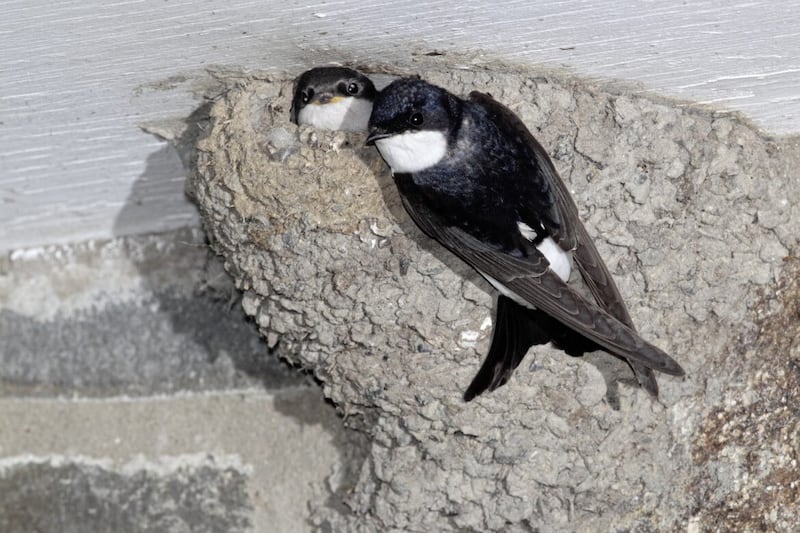DURING the many recent balmy summer evenings, the sweet, scented fragrance of honeysuckle flowers wafted through the night air of my garden just the way Alfred Tennyson describes with his words, '...how sweetly smells the honeysuckle in the hush'd night....' (1859).
Also known as Woodbine, because of its twisting, binding nature, Lonicera periclymenum is a deciduous woody climber which twines itself over and through other shrubs and hedgerows.
Often reddish outside, its creamy, tubular flowers turn to a yellow colour after pollination. A native plant, it flowers on through to September before its poisonous scarlet berries form in clusters to provide important food for birds. Its winding stems, reddish at first, become brown and woody with age, giving honeysuckle the power and strength much attributed to it in Celtic legend.
In Táin Bó Cúailnge or The Cattle Raid of Cooley, Cúchulainn is provoked into continuing to fight Ferdia, his childhood friend, by being told that Ferdia has, ‘bested you as woodbine binds trees’. This reputation for the plant’s toughness and ability to choke the growth of any tree led to the old Irish saying, ‘chomh righin leis an táith-fhéithleann’, as tough as the honeysuckle.
As well as féithleann, another of its Irish names is bainne gamhna, or literally calve’s milk, a reference to the flower’s sweet nectar. A favourite pastime of children was to suck the flowers for their sweet taste – hence the name, honeysuckle.
Some localised names given to the plant point to similar activities and include the Somerset name ‘sweet suckle’ and ‘sucklings’, which is used in East Anglia. (Grigson; The Englishman's Flora, 1955). Other names for the flower include ‘lady’s fingers’ and ‘trumpet flowers’ and although more commonly attributed to sweet briar rose, Chaucer referred to honeysuckle as ‘eglantine’, the name still used in North Yorkshire.
Honeysuckle leaves were said to be a favourite food of goats with the Latin for the honeysuckle family caprifoliaceae, coming from capri folium, meaning ‘goats’ leaf’, a common name still used for the plant.
Honeysuckle has long been a symbol of fidelity and love, with strong romantic associations, tts clinging nature emphasising, perhaps, the bond of devotion and affection between two people. It was also believed that if the blooms were brought into the house then a wedding would follow within a year.
Shakespeare makes reference to honeysuckle in a romantic setting in A Midsummer Night's Dream when the fairy queen Titania says to the weaver, Bottom:
'Sleep thou, and I will wind thee in my arms.
So doth the woodbine the sweet honeysuckle ?Gently entwist'.
As with so many of our native plants, honeysuckle has been used for medicinal and other purposes through the centuries. Peter Wyse Jackson, (Ireland’s Generous Nature, 2014), notes many of these, including its use to treat inflammation of the mouth, toothaches and jaundice.
Because the leaves and flowers of the honeysuckle are rich in salicylic acid, other sources have claimed they were used to relieve headaches, colds, flu, fever, arthritis and rheumatism. Lady Wilde (1890), mother of writer Oscar Wilde, quoted a cure for epilepsy, from an old manuscript dated around 1450 in the Library of the Royal Irish Academy, which detailed how salt and white snails were mixed with 7lb of woodbine leaves to produce a paste which, applied as a poultice, would cure the afflicted within nine days.
The plant has also found its way into local placenames such as the townland of Stranafeley near Maguiresbridge, Co Fermanagh – Srath na Féithle, riverbottom of the honeysuckle.
Enjoy this heavenly scent of summer, wherever you find it.








